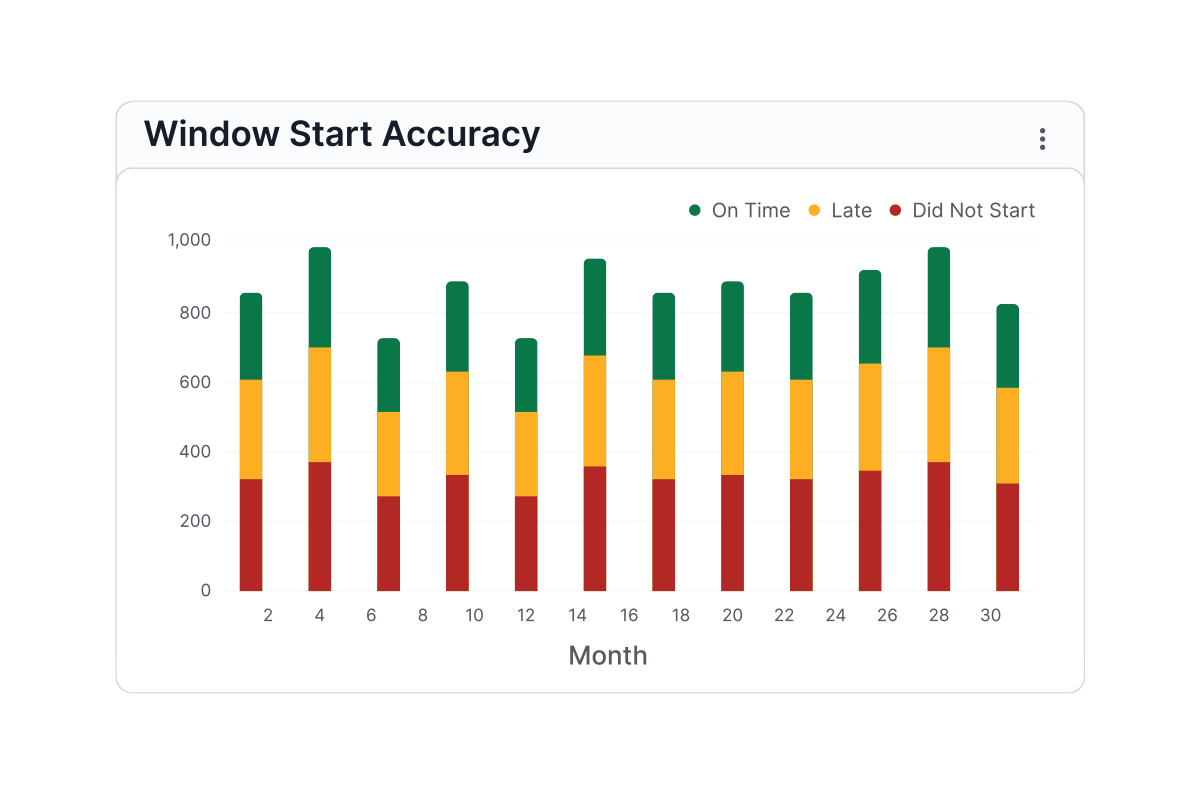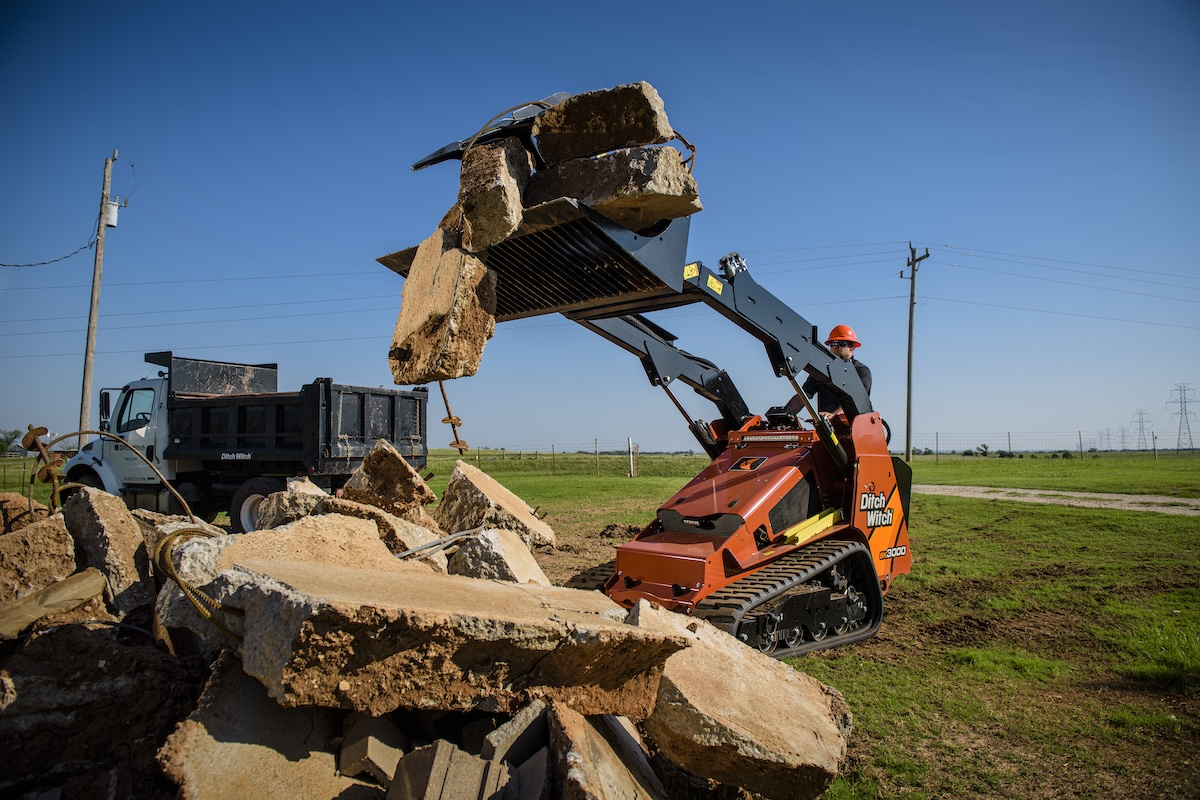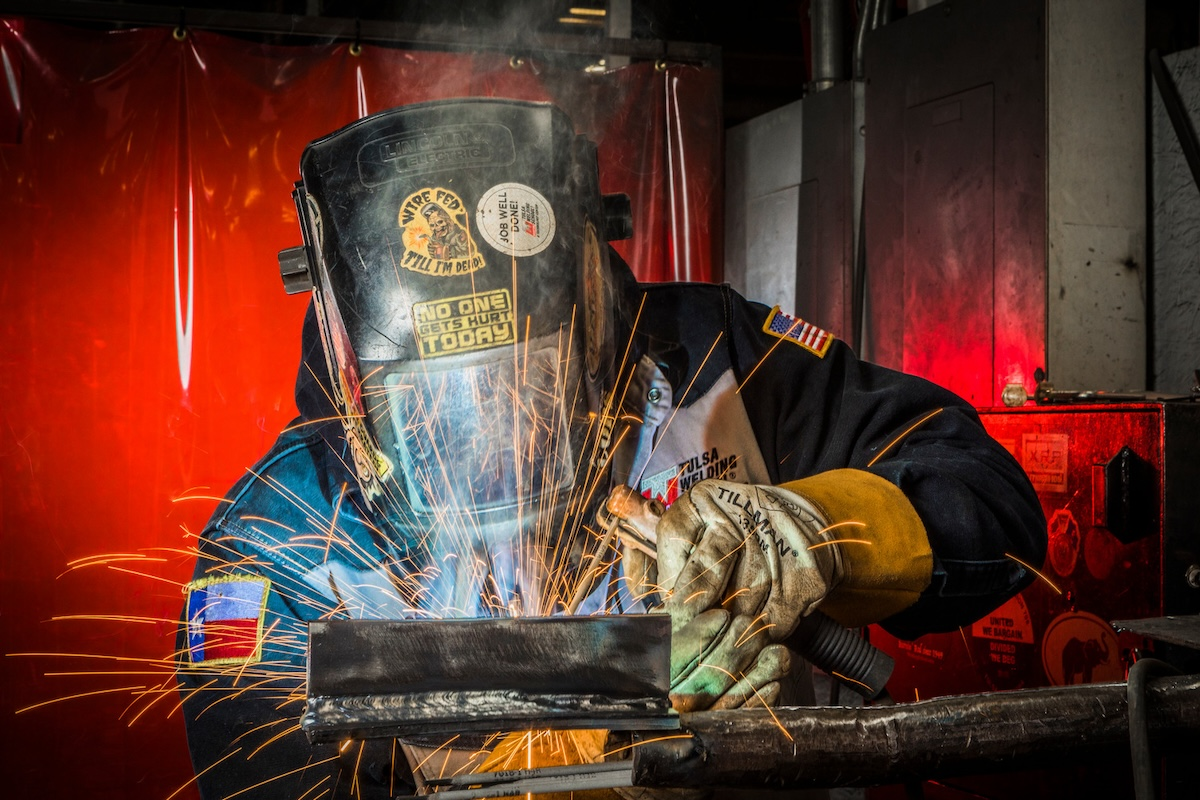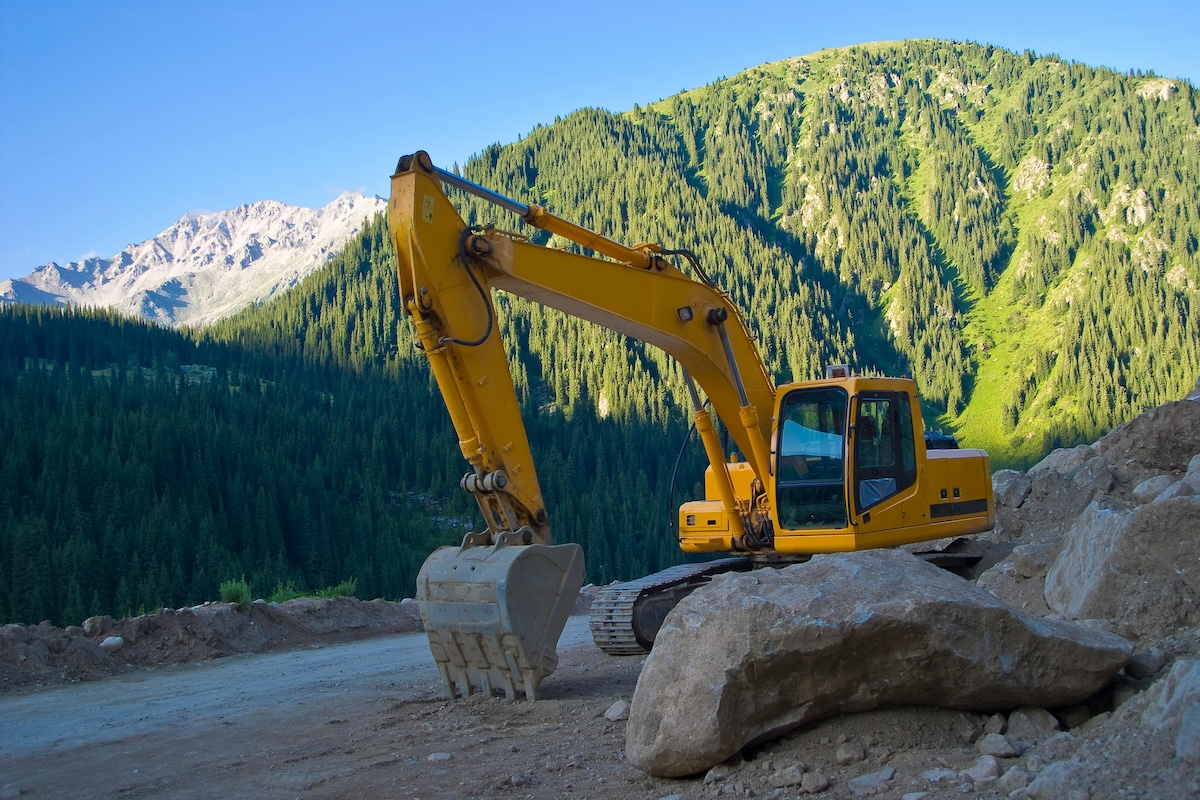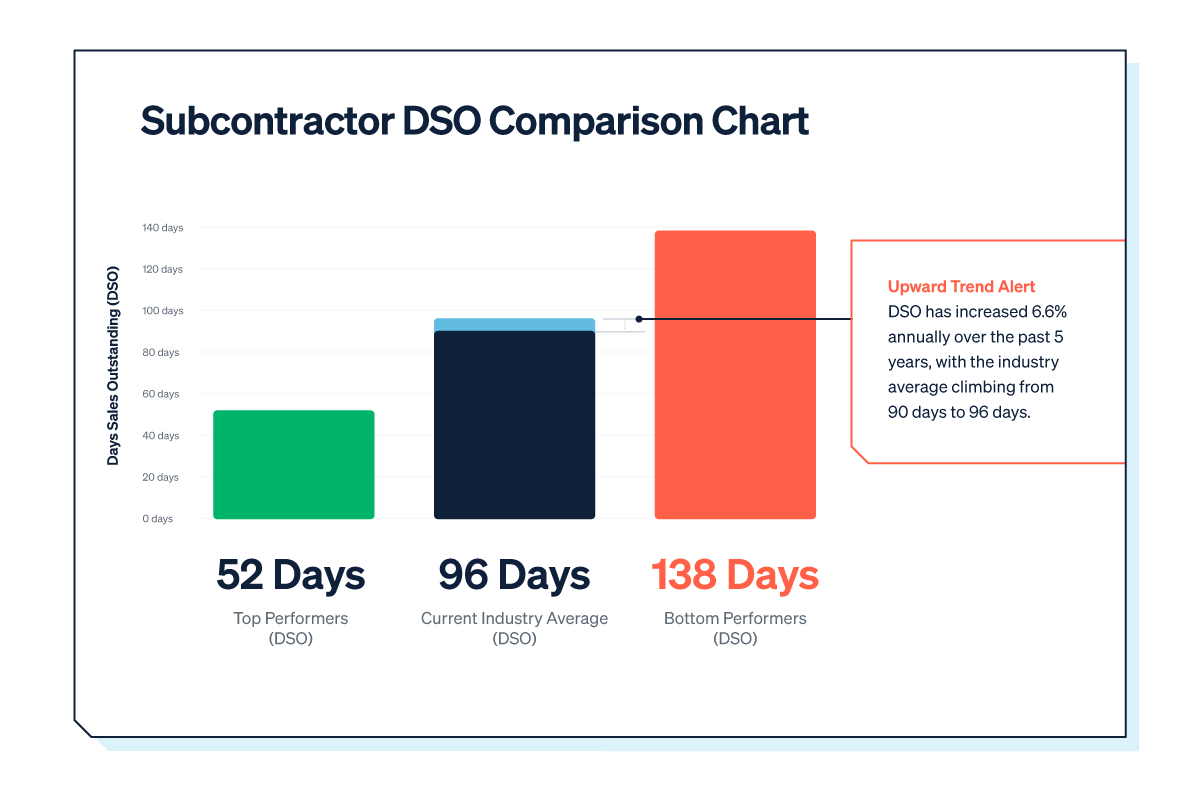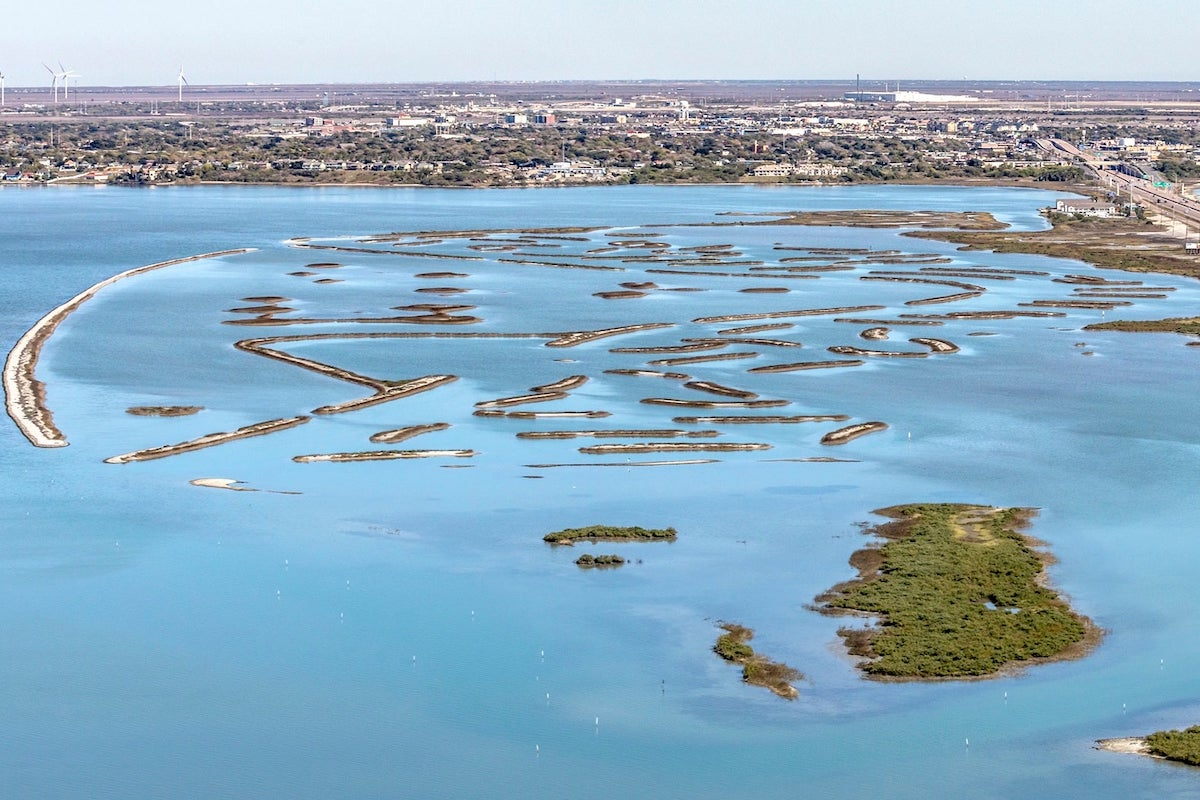The primary resolution for many contractors this year is simple: survive the first six to nine months at which time the outlook becomes bullish on recovery for the sector.
The first half of 2021 continues to pose challenges. The Architecture Billings Index, typically a nine-to-12 month leading indicator of construction work, fell off last April, signaling severe contraction for the industry. Since then, all three of the index’s indicators (commercial/industrial, institutional, and residential) have shown positive movement toward the equilibrium level of 50, with residential leading the charge. Low mortgage rates, a K-shaped recovery that has prevented significant decline in wealth for middle and upper-middle class consumers, and the need for greater space as pandemic life becomes more focused on the home have served as tailwinds.
Navigating the first half of 2021 will be critical for many contractors, in particular those without significant backlog or strong balance sheets to weather the storm. With 2019 financial data from the Construction Financial Management Association showing an average contractor has only 21.4 days of cash on hand, contractors that cannot continually replenish their backlogs won’t be able to maintain their operations. The postponement and cancellation of projects have resulted in more competition for work, driving down contract values and margins.
General contractors have reason to proceed with caution, as potential subcontractor defaults are now more likely. Proper controls around preapproval and credit check processes are essential protections for contractors looking to ensure their partners have the wherewithal to complete the subcontracted work. Additionally, the health of the surety market will inform future bids and pipeline. While surety providers have seen loss rates creep up throughout 2020, there has been no meaningful pull back on credit or tightening of financial metrics for contractors. This is welcome good news.

| Your local Bobcat dealer |
|---|
| Bobcat of North Texas |
| Compact Construction Equipment, Inc |
Although contractors face headwinds, long-term strategic goals shouldn’t necessarily be deferred. The pre-pandemic era saw a lack of skilled labor in the sector; now, with a softer market, contractors can preemptively look to fill talent gaps that position them to more fully participate in the recovery. The economic boom set to follow the sector’s contraction is likely to last multiple years due to pent up consumer demand, low interest rates and continued stimulus by the government. This, along with the Biden administration’s focus on infrastructure, should help to propel construction during the second half of 2021.
As mentioned earlier, the nation’s infrastructure is the most commonly used form of transportation, and has gained in popularity amid the pandemic, which has wreaked havoc on air and railway transportation, the second- and third-most used transportation modes within the United States.
It is no surprise that airports have been devastated by the pandemic; even with the wide distribution of vaccines, it will likely be another two years before air traffic is restored to 2019 levels according to a survey conducted by the International Air Transport Association in October 2020.
Amid the reduction in flight revenue, airport infrastructure spending is also set to decline. One report from the American Road & Transportation Builders Association anticipates a 17 percent reduction in construction in 2021 compared to 2020, with growth in spending not projected to begin until 2023. Even passage of the $900 billion stimulus package in late December – which provided $2 billion for airports – the recovery is likely to be slow and elongated, leading to a continued focus on cost cutting and reduction in allocated infrastructure spend.
Despite all of this, it would be imprudent for airports with sufficient capital and the ability to reconfigure their spaces not to do so. Low interest rates, coupled with reduced project volume, is allowing work to be done more efficiently, making now a good time to invest in these existing assets, provided developers can tolerate the risks and significant volume reductions for the foreseeable future.

| Your local LeeBoy dealer |
|---|
| Romco Equipment Co |
| Bee Equipment Sales Ltd |
| ASCO Equipment |
| Closner Equipment Co Inc |
U.S. public transportation is the country’s Achilles’ heel, mainly because it is not big enough, doesn’t go where people need it and doesn’t operate as frequently as customers’ desire. Even prior to the pandemic, American ridership was low, compared to Europe.
Spending on railways has been largely focused on massive overhauls rather than improving connectivity and user experience. The average railway contract has increased over 300 percent from the year 2000 to 2020, according to data from the American Road & Transportation Builders Association. This increase is approximately four times the next highest category (highway), which saw an increase of 81 percent over the same period.
While on the surface this trend is seemingly good news for construction companies, the number of railway contracts awarded has declined steadily since 2017, from a record 254 to just 144 in 2020; fewer awards with larger individual dollar amounts typically carry greater risks for the contractor.
Meanwhile, with public transportation decimated by the pandemic and set for slow recovery, future tax contracts dependent on ridership volumes and tied to tax revenue are also expected to suffer. Even with funds being allocated to Amtrak and local governments for project funding, revenue shortfalls will likely slow down the public spending train.
Demand for connectivity has been driven by the pandemic and is set to continue beyond 2021. While some Americans were able to quickly shift to remote work, others had to boost internet connectivity to support working and schooling from home, moving to broadband service from dial up as evidenced by user gains experienced by leading broadband providers Charter and Comcast, whose combined usage rose 70 percent from the first quarter of 2020 to the third quarter.

| Your local NPK Construction Equipment Inc dealer |
|---|
| WPI |
Another anticipated development in internet connectivity is the expansion of 5G. Its rollout is predicated on the deployment of new transmission infrastructure that includes thousands of cell towers and antenna deployed on utility poles and other urban infrastructure. Much of this infrastructure construction was placed on hold as a result of the pandemic due to challenges with labor and resources; with multiple vaccine candidates now in the works, there will be a resumption of 5G infrastructure development in 2021 and beyond.










